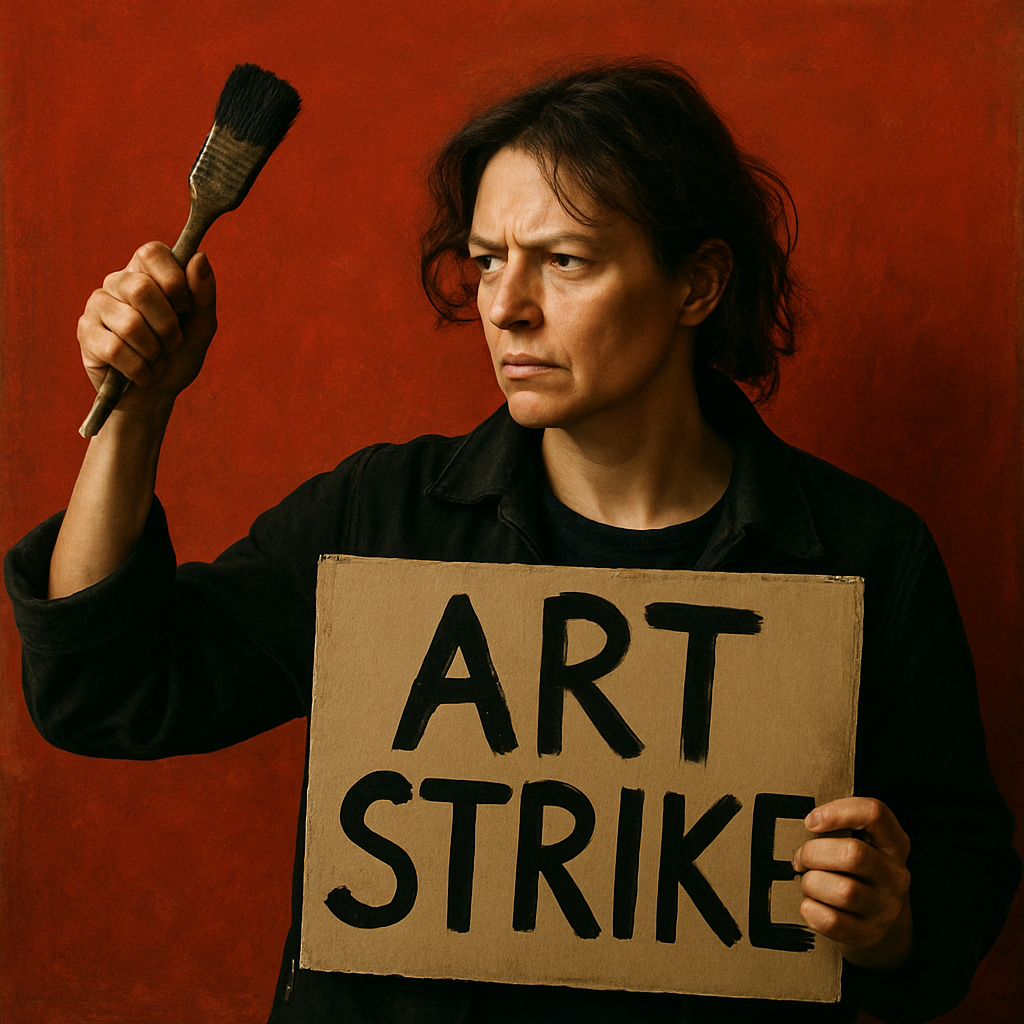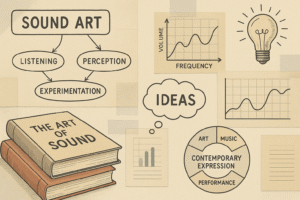
A Quiet Rebellion
In the vast machinery of the global art market—where blue-chip paintings trade hands like luxury commodities and biennials shimmer with sponsorship—some artists are stepping away. Their rebellion is not loud, but it is radical: they refuse to sell, refuse to exhibit, or even refuse to participate in the very systems that promise visibility and wealth. This refusal, sometimes called an “art strike,” is not about rejecting art itself, but about questioning the structures that dictate its circulation. It is an act of withdrawal designed to make absence as powerful as presence.
The Weight of Hyper-Capitalization
The contemporary art market has grown into a multibillion-dollar ecosystem where headlines often focus on auction records rather than artistic ideas. For many artists, this hyper-capitalization feels corrosive. When value is measured in price tags, what happens to art’s ability to challenge, to move, to transform? Some artists argue that stepping back from the market is the only way to resist being absorbed into its logic. Their work exists, but not for sale; it circulates, but not for profit. It is art that insists on being more than a commodity.
Boycotts and Refusals
Refusal has many forms. Some artists boycott major biennials and art fairs, citing their entanglement with corporate or market interests. Others create works designed to resist commodification—ephemeral performances, digital gestures, or community-based projects that cannot be packaged neatly for collectors. A few take the most extreme stance: refusing to produce art at all under market conditions, treating their own silence as a protest. These decisions are not made lightly; they carry real risks of obscurity and financial precarity. Yet for those who choose this path, refusal becomes a form of integrity, a way of protecting art from compromise.
Art Without Price
What emerges from these gestures is the notion of “non-market” art practices—forms of creativity that deliberately step outside traditional systems of valuation. Consider the artist who invites communities to weave a collective textile, the result shared and dismantled rather than preserved. Or the painter who documents their process only to erase the final canvas, leaving behind nothing but memory. These works exist not to accumulate value, but to question why value must be defined in monetary terms at all. In this sense, the art strike opens up alternative economies—of gift, of attention, of shared experience—that resist commodification.
A Legacy of Resistance
Though the language of “art strikes” feels contemporary, the impulse is not new. Artists in the 1960s and 1970s experimented with withdrawing from galleries, turning instead to street interventions, mail art, or conceptual practices that prioritized ideas over objects. What distinguishes today’s refusals is the sheer scale of the market they resist. The stakes are higher, the machinery more global, the prices more astronomical. Against such a backdrop, even a small act of non-participation resonates as a critique of an entire system.
Tension and Contradiction
Of course, the art strike is not without its contradictions. Can an artist truly step outside the market when visibility itself is often mediated by institutions, collectors, and media coverage? Does refusal risk invisibility, and if so, does the protest reach anyone beyond the artist’s immediate circle? Some argue that withdrawal risks preaching to the converted, while others see it as a necessary pause—a reminder that artists are not powerless participants but agents capable of shaping the terms of their labor.
Toward a Different Imagination
What the art strike ultimately gestures toward is not just refusal, but re-imagination. It asks us to consider what art might look like if its survival were not tethered to sales or market approval. Could there be infrastructures of support rooted in community rather than commerce? Could institutions champion works that resist commodification rather than seeking ways to monetize them? These questions are still unresolved, but the very act of asking them keeps alive the possibility of an art world not entirely defined by the white cube and the auction block.
Conclusion: The Power of Saying No
To refuse the market is not to abandon art—it is to believe in it too deeply to let it be reduced to transaction. The art strike is, at its core, a declaration of faith: that art can matter beyond its exchange value, that silence can be eloquent, and that absence can provoke as much thought as presence. Whether temporary or lasting, these refusals remind us that art’s power does not always come from being seen or sold. Sometimes, it comes from the courage to step away.




